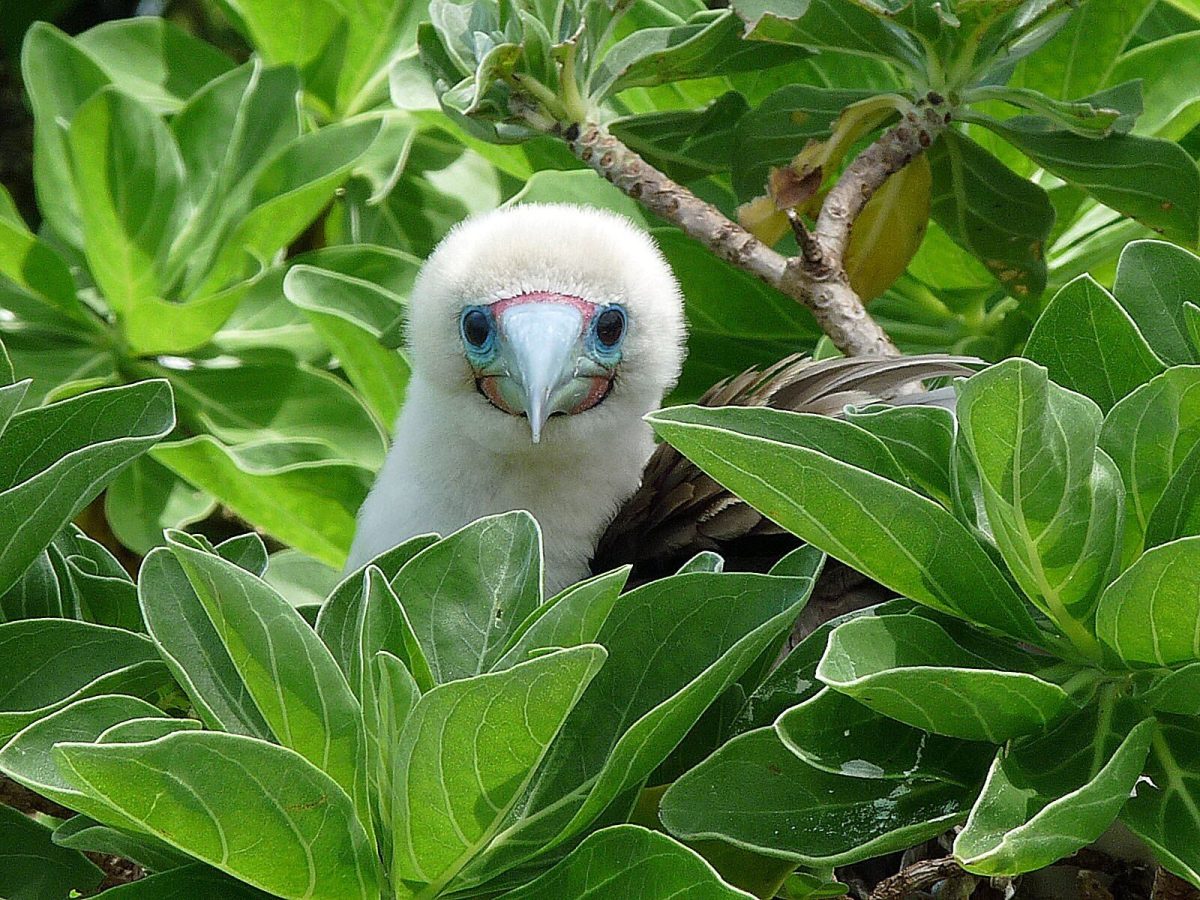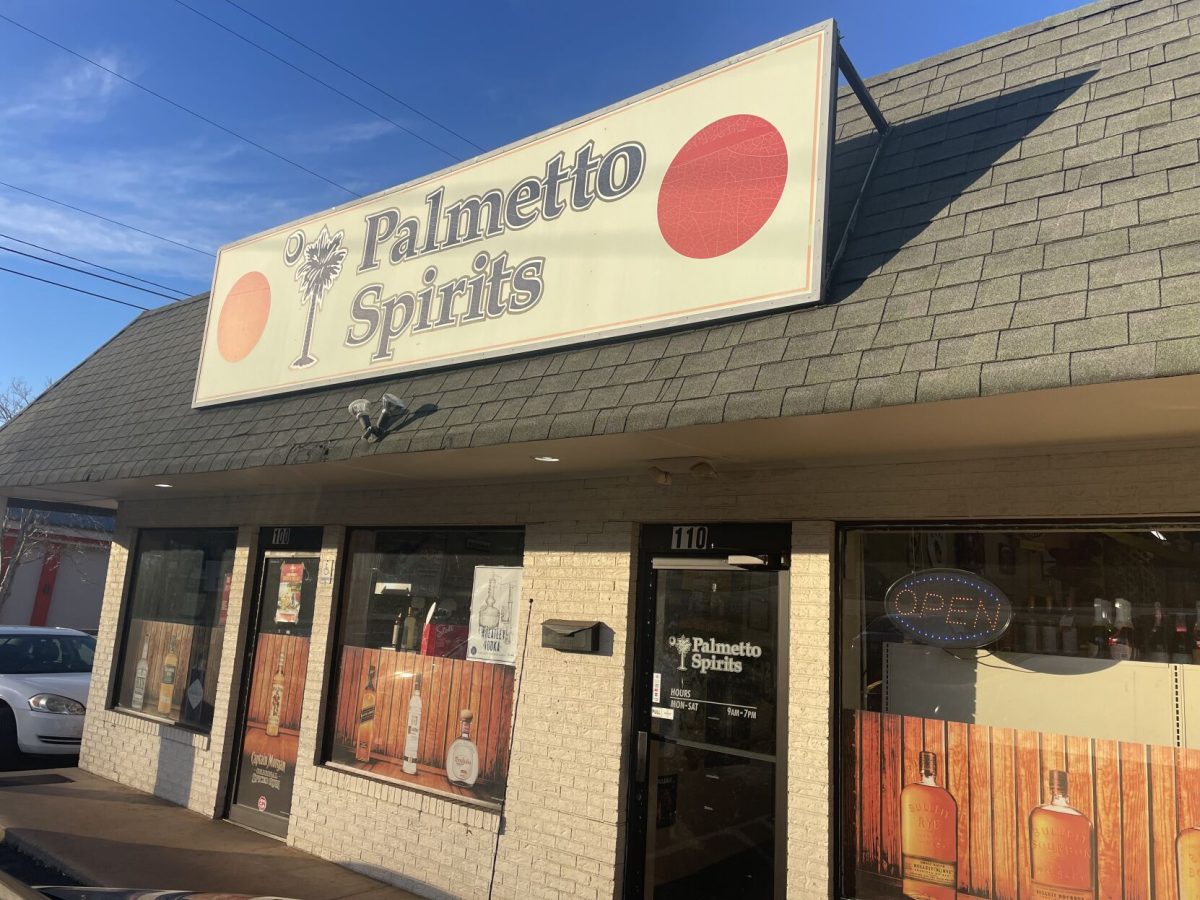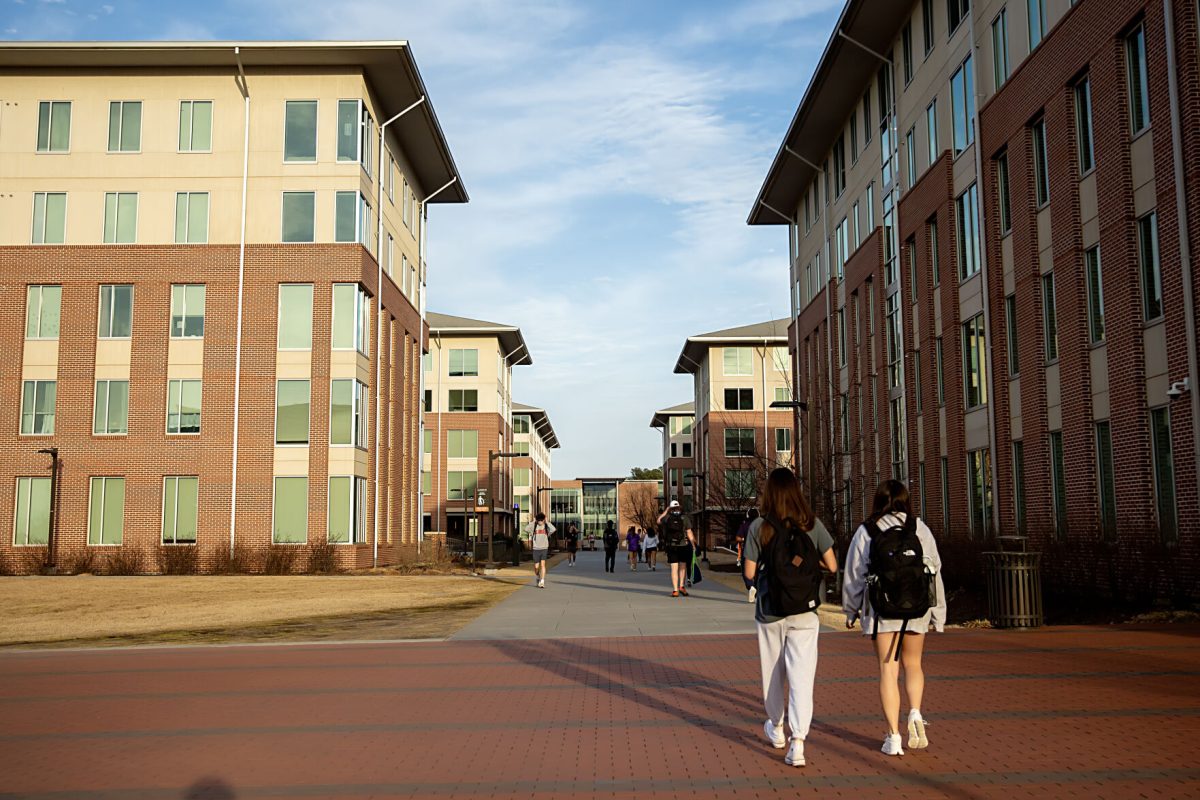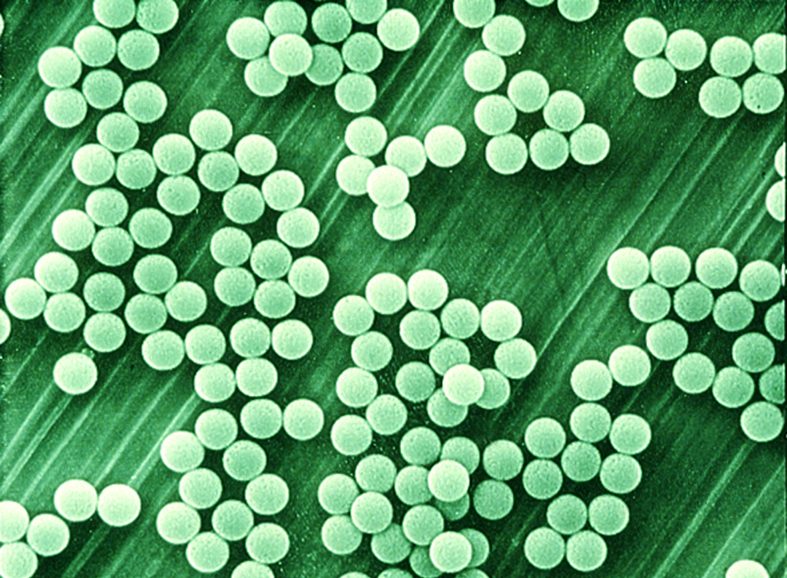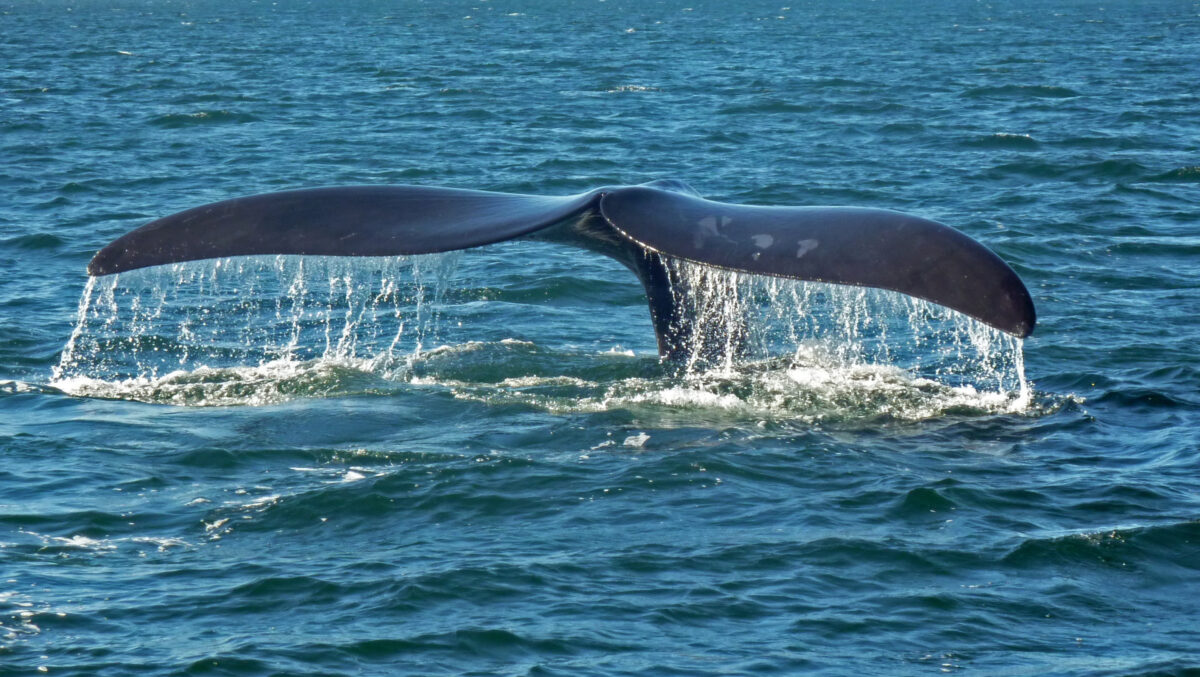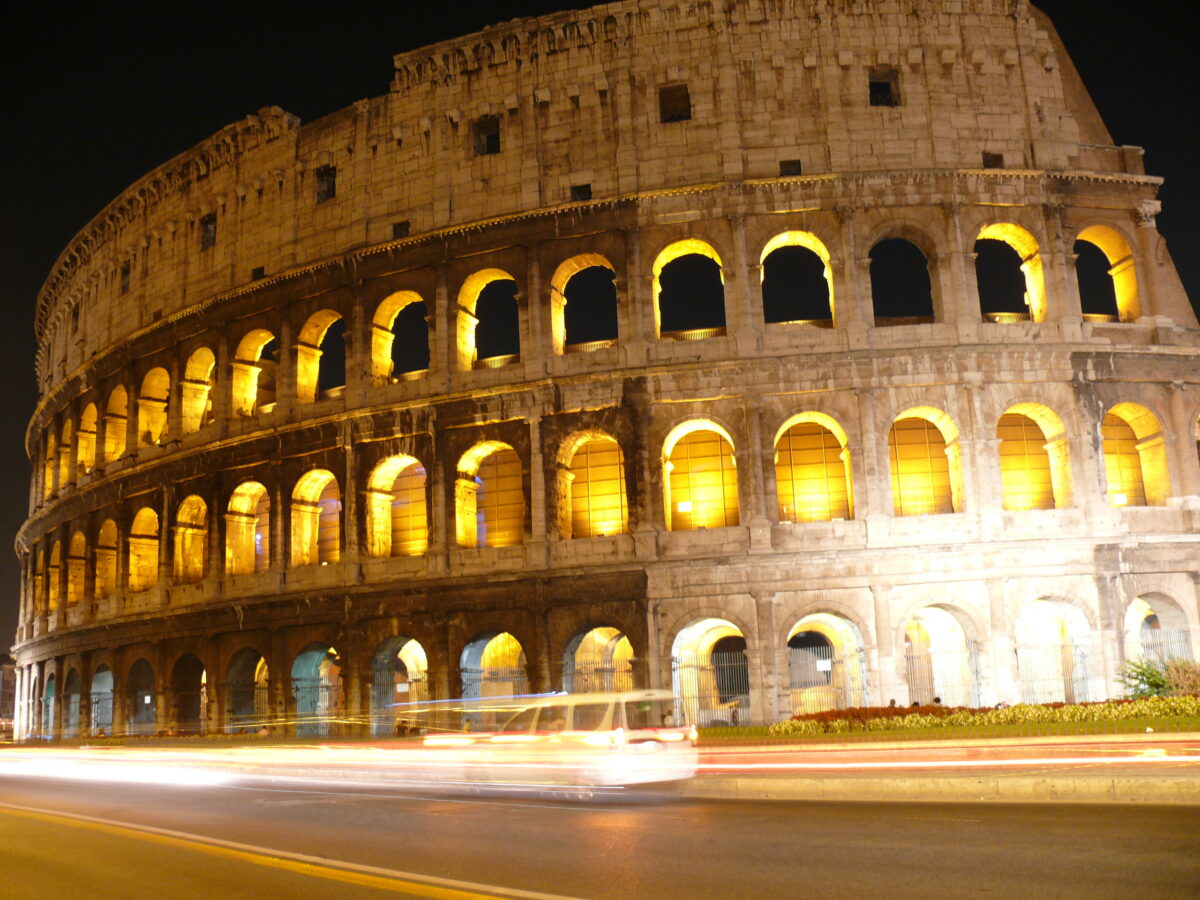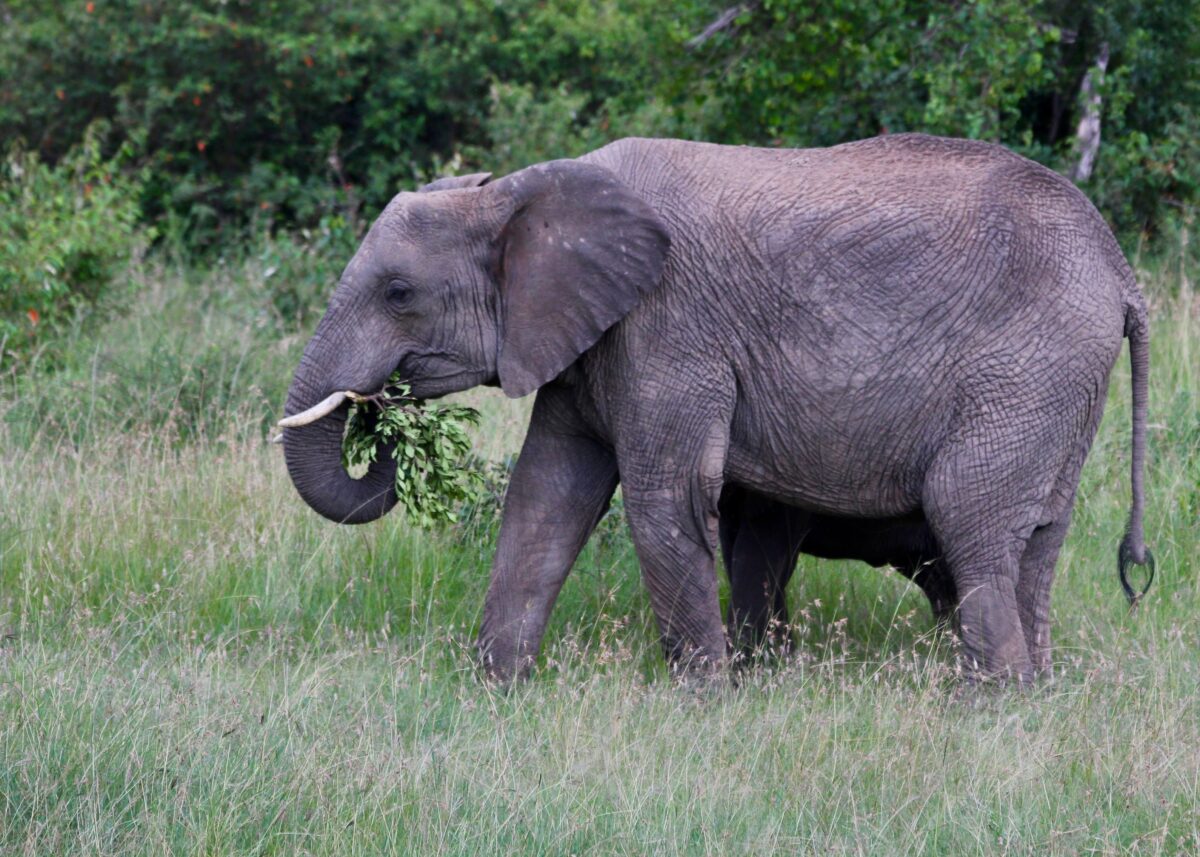The actor Dustin Hoffman once said, “The two basic items necessary to sustain life are sunshine and coconut milk.” When it comes to red-footed boobies, Mr. Hoffman is only half right. One thousand six hundred kilometers south of Honolulu, at the Palmyra Atoll, biologists are removing 99% of the coconut palms to save these birds. An article describing this project was published in the journal, Science, on August 27, 2020. The invasive coconut palms, Cocos nucifera, are not only affecting red-footed boobies but also other terrestrial life,
including many of the other sea birds native to Palmyra.
Coconut palms are initially from Thailand and the Philippines, and it is unknown how they ended up in Palmyra. However, the destruction they have caused is evident. Coconut palms absorb water very quickly, leaving little behind for native trees. The palms also destroy native vegetation with falling fronds and nuts.
Since coconuts can float, due to their fat reserves and thick husks, they fill up lagoons blocking out sunlight and killing aquatic vegetation. It has also been noted that shorelines with coconut palms have fewer sea birds. The coconut palm does not have a good nesting structure, thereby forcing the birds to look elsewhere for homes.
Removal of the coconut trees is the first step to helping Palmyra’s population of red-footed boobies. Palmyra is home to the second largest population of red-footed bobbies, only second to the Galapagos Islands. The atoll hosts a total of eleven native bird species. It is also considered a safe haven for endangered birds such as the Kiritimati (Christmas Island) warbler and the Guam kingfisher. The guano produced by these birds could also help the marine ecosystems surrounding Palmyra. Case studies of Islands in the Indian ocean with high bird populations show that coral reefs around them have a higher chance of surviving bleaching episodes.
The scientists at Palmyra are hard at work preparing the atoll for climate change and sea-level rise. A rise of 1 meter in seawater would still leave half of its land above water. Other atolls are keeping a close watch on Palmyra to see how this ecological experiment goes. If the Palmyra experiment is a success, it could pave the way for other similar ecological projects.
Categories:
Why biologists are cutting down this symbol of paradise
Helene Bell, Contributor
October 6, 2020
Courtesy U.S. Fish and Wildlife Service Headquarters on flickr
A red-footed booby peaks out from the bushes.
0
Donate to The Tiger
Your donation will support the student journalists of Clemson University. Your contribution will allow us to purchase equipment and cover our annual website hosting costs.
More to Discover



